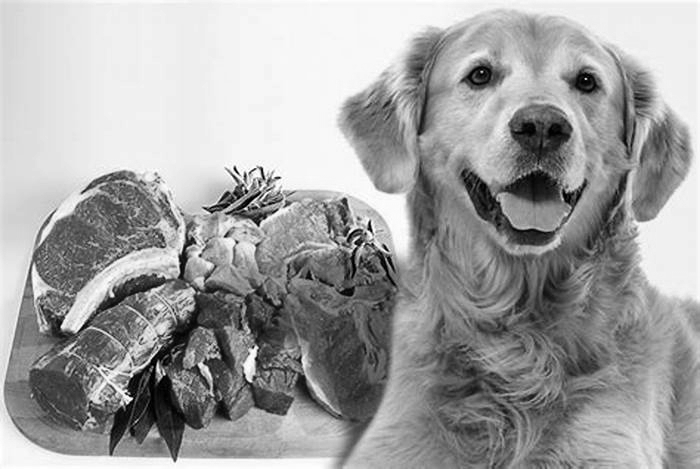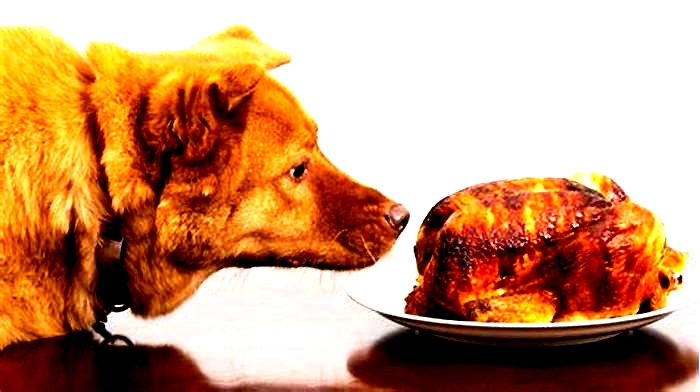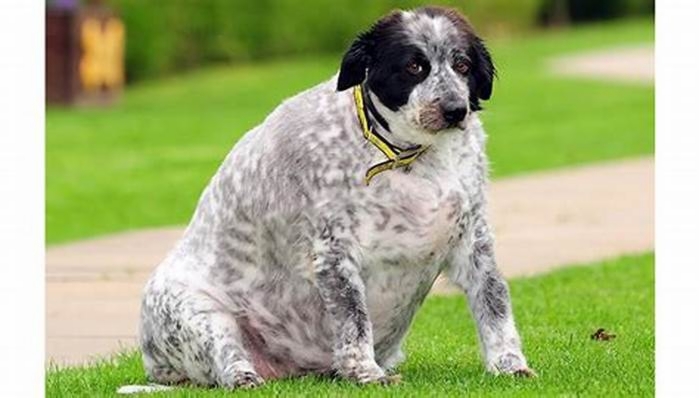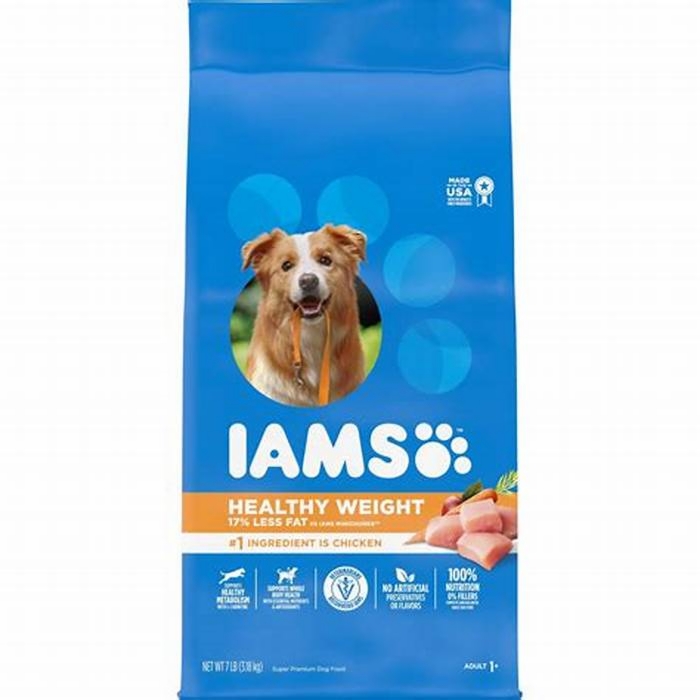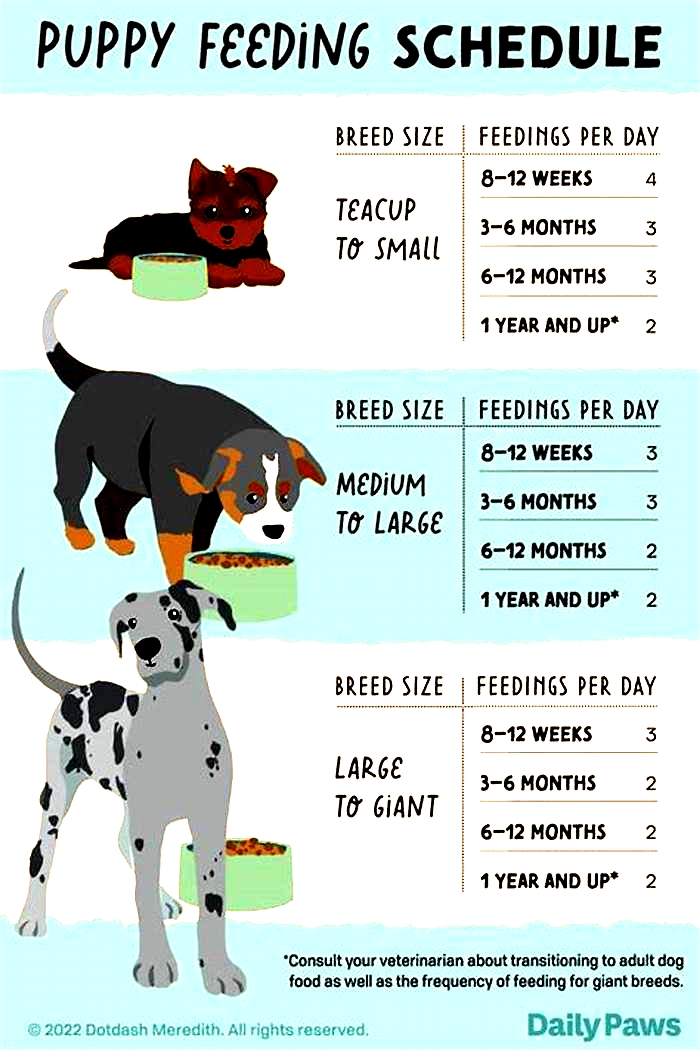What are the healthiest fats for dogs
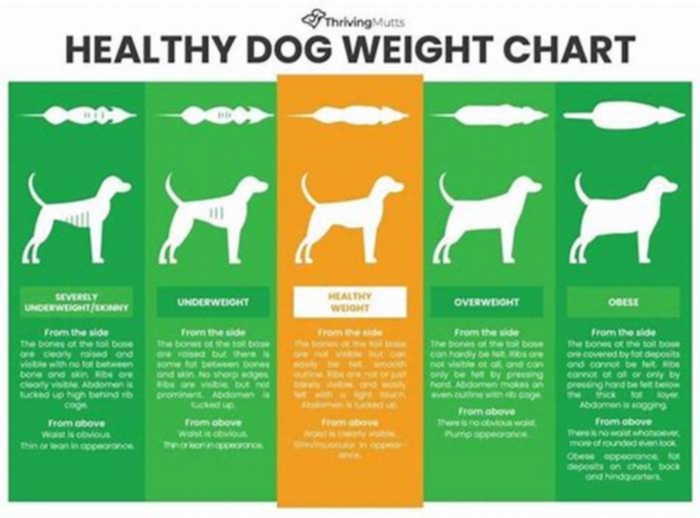
Fats for Dogs
Fat usually gets a bad rap, but its actually an important nutrient for dogs. Pet parents need to ensure their dogs get the right amounts and the right types of fat in their diets. This is made easier because, unlike with people, too much bad fat in a dogs diet doesnt have much of an effect on their cholesterol levels and their risk of heart attack or stroke.
Heres what you should know about the type and amount of fat dogs need.
Do Dogs Need Fats in Their Diet?
Fats are an important part of a dogs diet, but its helpful to divide fats into two types to understand their different functions.
Triglycerides
The fats most commonly found in the body and the diet are triglycerides, which are composed of three fatty acids attached to a glycerol molecule.
In the diet, triglycerides:
In the body, triglycerides:
Store energy
Store essential fatty acids
Provide cushioning
Reduce heat loss
Transport molecules
Are structural elements in cell membranes
Help conduct nerve impulses
Fatty acids
Individual fatty acids play many roles in cell structure and function. Only small amounts of fatty acids are needed in the diet, but they are vitally important. Here are a few of their most noteworthy roles:
Omega-6 fatty acids like linoleic acid and arachidonic acid promote skin and coat health.
Omega-3 fatty acids like eicosapentaenoic acid (EPA) and alpha-linolenic acid (ALA) reduce inflammation.
Docosahexaenoic acid (DHA), an omega-3 fatty acid, encourages healthy development of the nervous system and eyes.
Fatty acids can be divided into two categories: essential and nonessential.
Essential fatty acids (linoleic acid and alpha-linolenic acid for dogs) must be supplied by the diet because the body cant make enough of them on its own.
Nonessential fatty acids can be made by the body, but higher levels may be necessary at certain times of life. For example, DHA is added to high-quality puppy diets to promote brain and eye development.
Sources of Fats for Dogs
Triglycerides and fatty acids are part of a variety of ingredients that are commonly found in dog foods. Animal sources like chicken fat or beef fat provide a lot of triglycerides and arachidonic acid. Ingredients like fish oil, purified algal oil, and flaxseed oil add omega-3 fatty acids, while corn oil, soybean oil, sunflower oil, and canola oil contain primarily omega-6 fatty acids.
All of these (and other) ingredients can be healthy sources of fats and fatty acids when used in combination. Whats most important is that a dogs diet provides an appropriate level of overall fat (triglycerides), all essential fatty acids, and a good balance between omega-6 and omega-3 fatty acids.
How Much Fat Does My Dog Need?
For a dog food to be labeled nutritionally complete and balanced, the manufacturer must follow guidelines from the Association of American Feed Control Officials (AAFCO). The AAFCO minimum crude fat level for dogs is 5% for adults and 8% for puppies. The term crude fat is used on nutrition labels to note how much total fat is included in the product. The word crude says nothing about the types of fats or their quality; it simply refers to the method used to test the products fat level.
The ideal fat content of a dogs diet will depend on many factors. Growing puppies, dogs that are pregnant or nursing, very active dogs, and dogs who need to gain weight generally need higher fat levels. Dogs that are overweight, inactive, or suffer from certain types of health conditions like pancreatitis or hyperlipidemia can benefit from low-fat diets.
Talk to your veterinarian if you have concerns about the amount or types of fat in your dogs diet.
How to Calculate How Much Fat Is in Your Dogs Food
AAFCOs nutrient guidelines are reported on a dry matter basisthat is, the percentage of the nutrients if all the water were taken out.
Dry diets contain so little water that you can look at the crude fat level on the guaranteed analysis panel on the package to get a general idea of how much fat the food contains.
But if you feed wet food, youll need to do some math:
Find the percent moisture listed in the guaranteed analysis and subtract that number from 100. This is the percent dry matter for the food.
Divide the fat percentage on the label by the percent dry matter for the food and multiply by 100. The resulting number is the fat percentage on a dry matter basis.
For example, a canned food label might list its moisture content as 82% and its crude fat as 3%. To calculate the foods fat level on a dry matter basis, your calculations would be 100-82=18 and then 3/18 x 100 = 16.7% fat
Should You Supplement Your Dogs Diet With Certain Fats?
As long as youre feeding foods that meet AAFCO guidelines, you do not need to worry about adding extra triglycerides to your dogs diet. In fact, doing so can be dangerous.
Feeding dogs high-fat foods, including fatty human foods like meat trimmings, can lead to a potentially life-threatening condition called pancreatitis. And because fats contain almost three times as many calories as proteins and carbohydrates, adding extra fat to a dogs diet can lead to obesity.
On the other hand, supplementing your dogs diet with omega-3 or omega-6 fatty acids can be beneficial. Veterinarians often recommend omega-3 fatty acid supplements as part of the treatment for inflammatory diseases like osteoarthritis or allergic skin disease. Omega-3 fatty acids can also play a role in the treatment of heart disease and cancer.
Salmon oil, other cold-water fish oils, algal oils, and to a lesser extent, flaxseed oil, are excellent sources of omega-3 fatty acids for dogs. Dogs with skin problems may also benefit from omega-6 fatty acid supplementation.
Talk to your veterinarian if you have concerns about the amount or types of fat in your dogs diet.
Featured Image: iStock/O_Lypa
19 of the Healthiest Dog Breeds
Healthiest Dog Breeds
1. Australian Cattle Dog

The Australian Cattle Dog is one of the healthiest dogs out there. Known for their intelligence, work ethic, and stamina, these dogs are a typically resilient breed that doesnt face many health issues. Just as their name implies, theyve been bred to herd animals and need plenty of exercise to stay in top shape.
2. Australian Shepherd
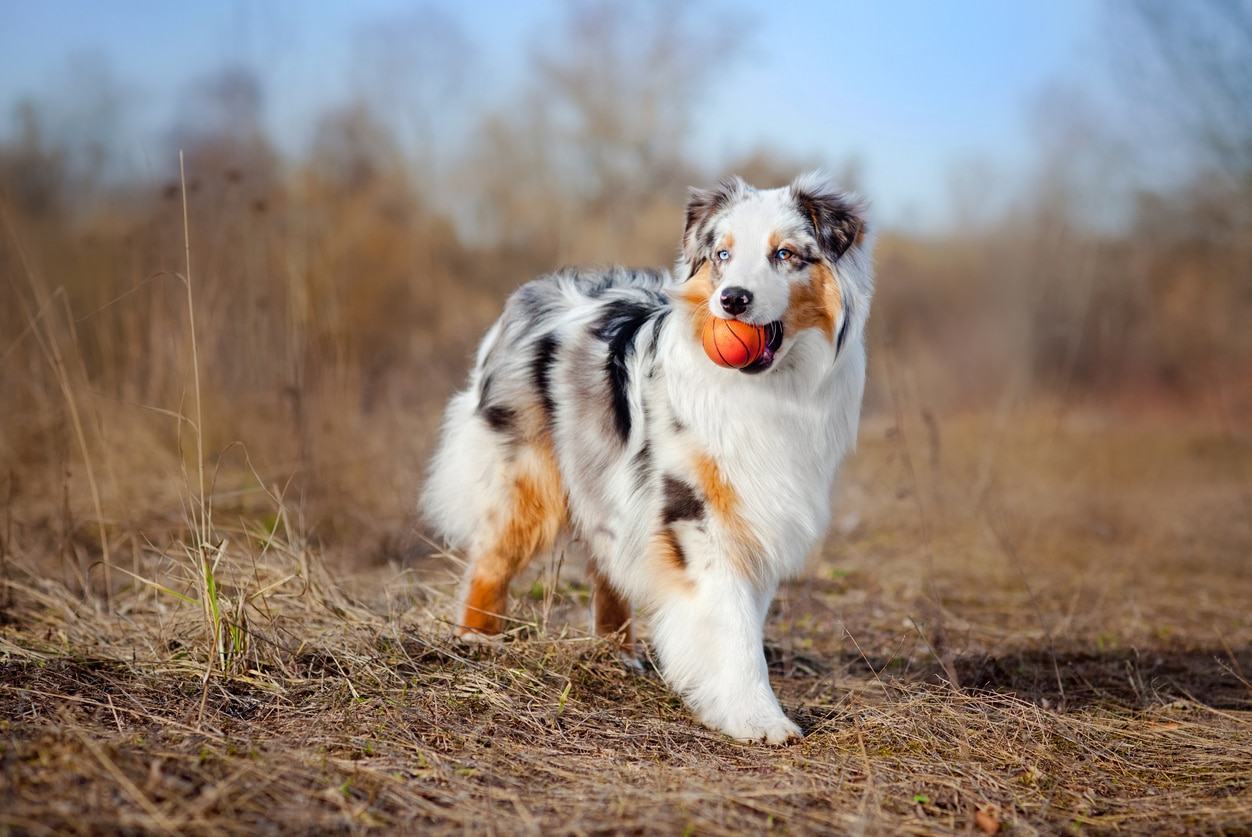
Smart, loyal, and energetic, Australian Shepherds enjoy keeping active, and need physical and mental stimulation throughout their lives. These dogs especially enjoy advanced obedience training and excel in herding jobs. As a breed, they can be prone to certain diseases such as hip dysplasia, elbow dysplasia, and some eye diseases. Nevertheless, they are generally healthy dogs.
3. Chihuahua

Despite a tendency to forget how small they are, Chihuahuas are among the breeds with the longest lifespans. These loyal and energetic dogs pack a big personality and plenty of smarts. Since Chisas theyre sometimes calledare prone to obesity, pet parents should be careful to give them lots of exercise, even if its just playing fetch in the living room.
4. Beagle
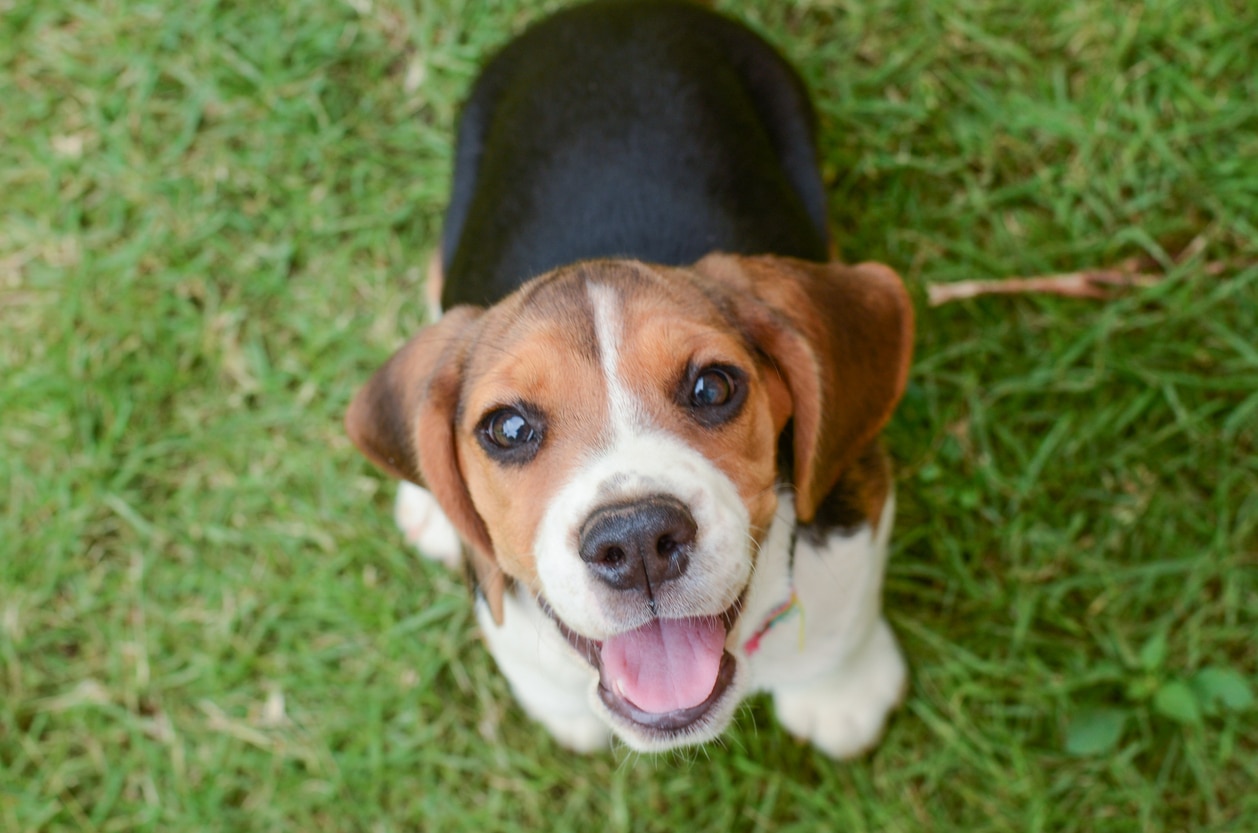
Beagles are motivated by food and follow their noses everywhereeven into trouble. As pets, they are loving and affectionate. These dogs benefit from scent training and a controlled diet, since their insatiable appetites mean they will easily overeat given the chance.
5. Greyhound
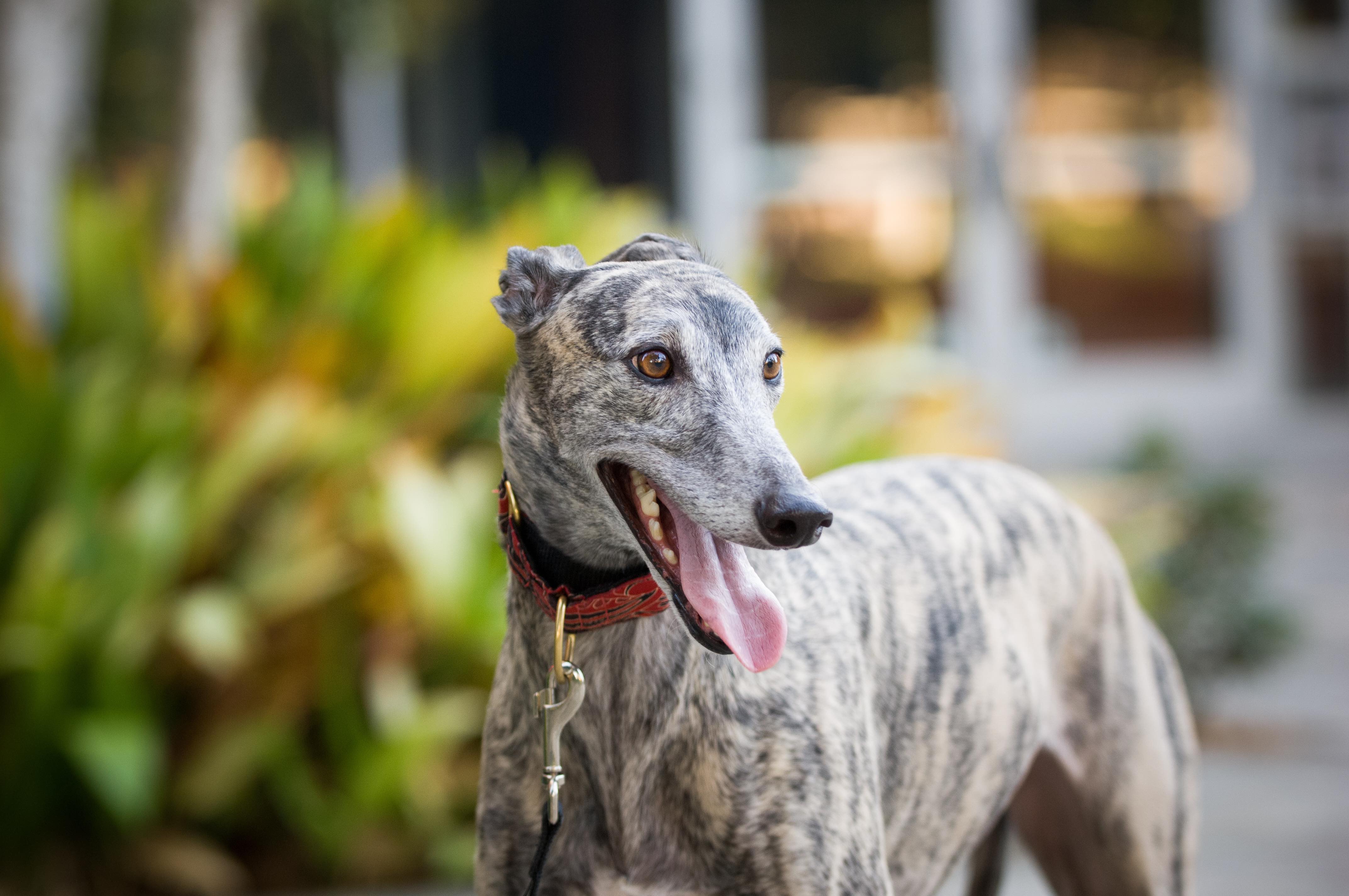
The Greyhound is unique among hounds because its a sight hunter, meaning the breed relies on speed and agility to hunt prey. As sight hunters, they might not make good pets in homes with smaller pets, such as cats or rabbits, without proper training and introductions.
With their high energy levels and strong prey drive, Greyhounds need regular exercise. However, once they get their zoomies out, they can become cuddly couch potatoes.
6. Poodle
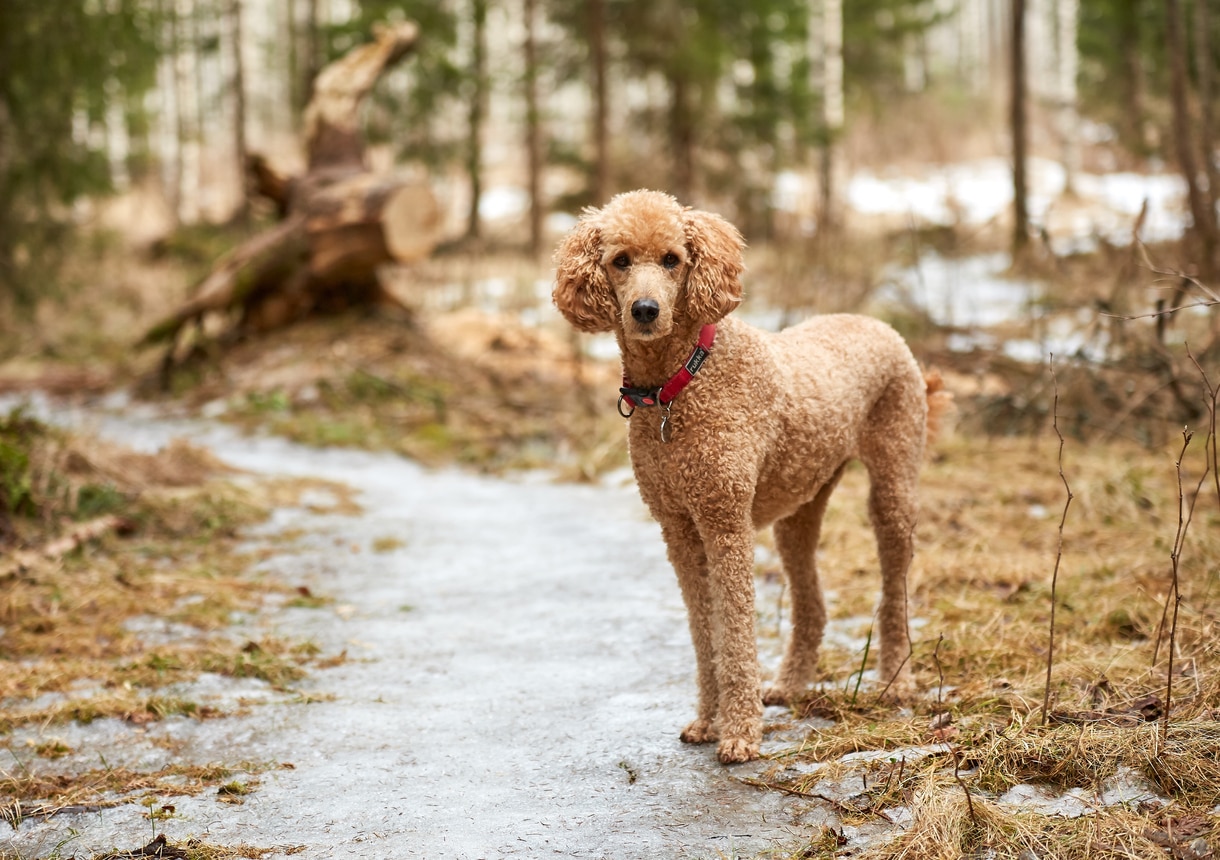
Poodleswhether the Standard Poodle, the Miniature Poodle, or the Toy Poodlemake wonderful pets. Smart, loyal, and easy to train, these dogs tend to get along with other animals and people alike. Poodles enjoy swimming and learning new tricks, and they tend to face only minor health issues as they age.
7. Havanese
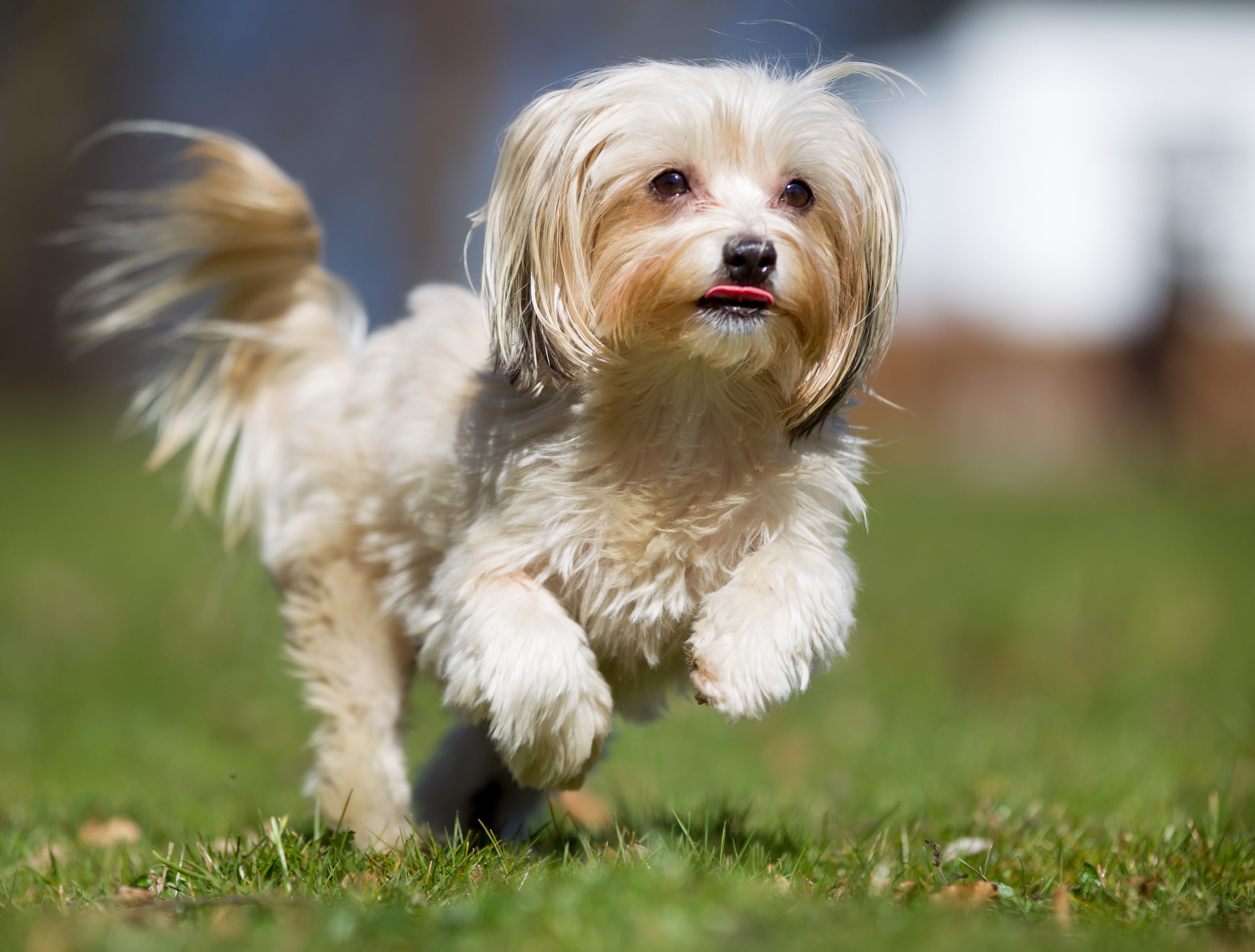
The only dog breed native to Cuba, the Havanese has a long lifespan of 1416 years. This affectionate small breed loves his pet parents and is easy to train due to his exceptional smarts. However, the breed can face a few medical conditions, including progressive retinal atrophy and patellar luxation.
8. German Shorthaired Pointer
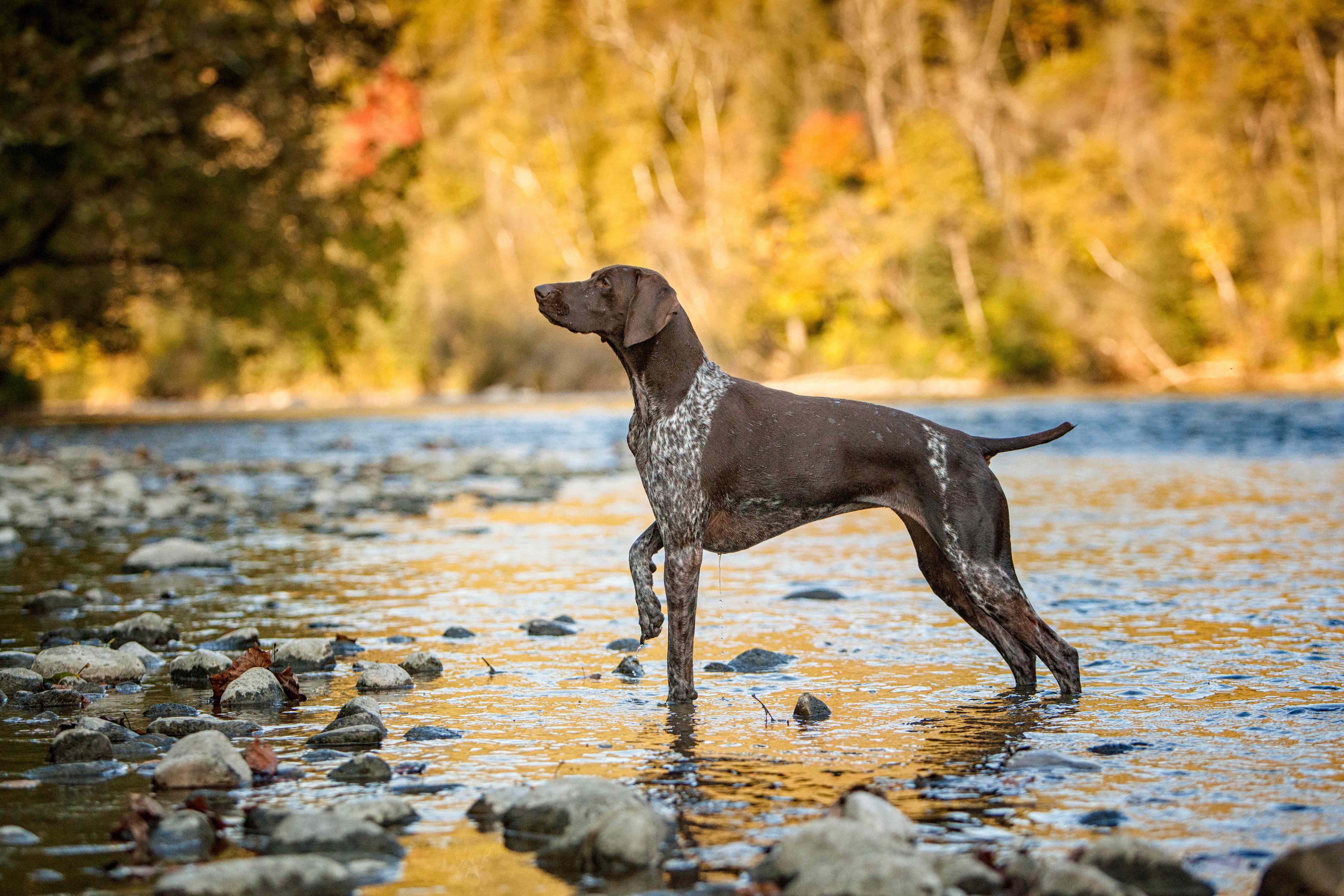
German Shorthaired Pointers are prized as hunting dogs because of their speed and stamina. GSPs boast high energy levels and need lots of exercise, as well as physical and mental stimulation, to stay healthy and out of trouble. These dogs can be predisposed to hip dysplasia, elbow dysplasia, and bloat.
9. Old English Sheepdog

Old English Sheepdogs love being around their pet parents. Generally, these gentle giants are well-behaved and affectionate, and they do especially well in households with kids. This healthy dog breed is not prone to many ailments and has an average lifespan of 1012 years.
10. Basenji

Typically an independent and energetic dog, Basenjis are sometimes described as catlike because of their aloof personalities and attentiveness to personal hygiene. Basenjis need plenty of mental and physical stimulation to satisfy their active minds and keep them out of trouble. This breed may be genetically predisposed to Fanconi syndrome, a kidney disease.
11. Shiba Inu

More than just a meme, Shiba Inus are small dogs with strong personalities. These dogs are known for being willful and for their classic Shiba scream. Their high intelligence makes them active and alert dogs that can become anxious if not given sufficient exercise. Though healthy, Shibas can develop arthritis in their old age.
12. Chinese Crested
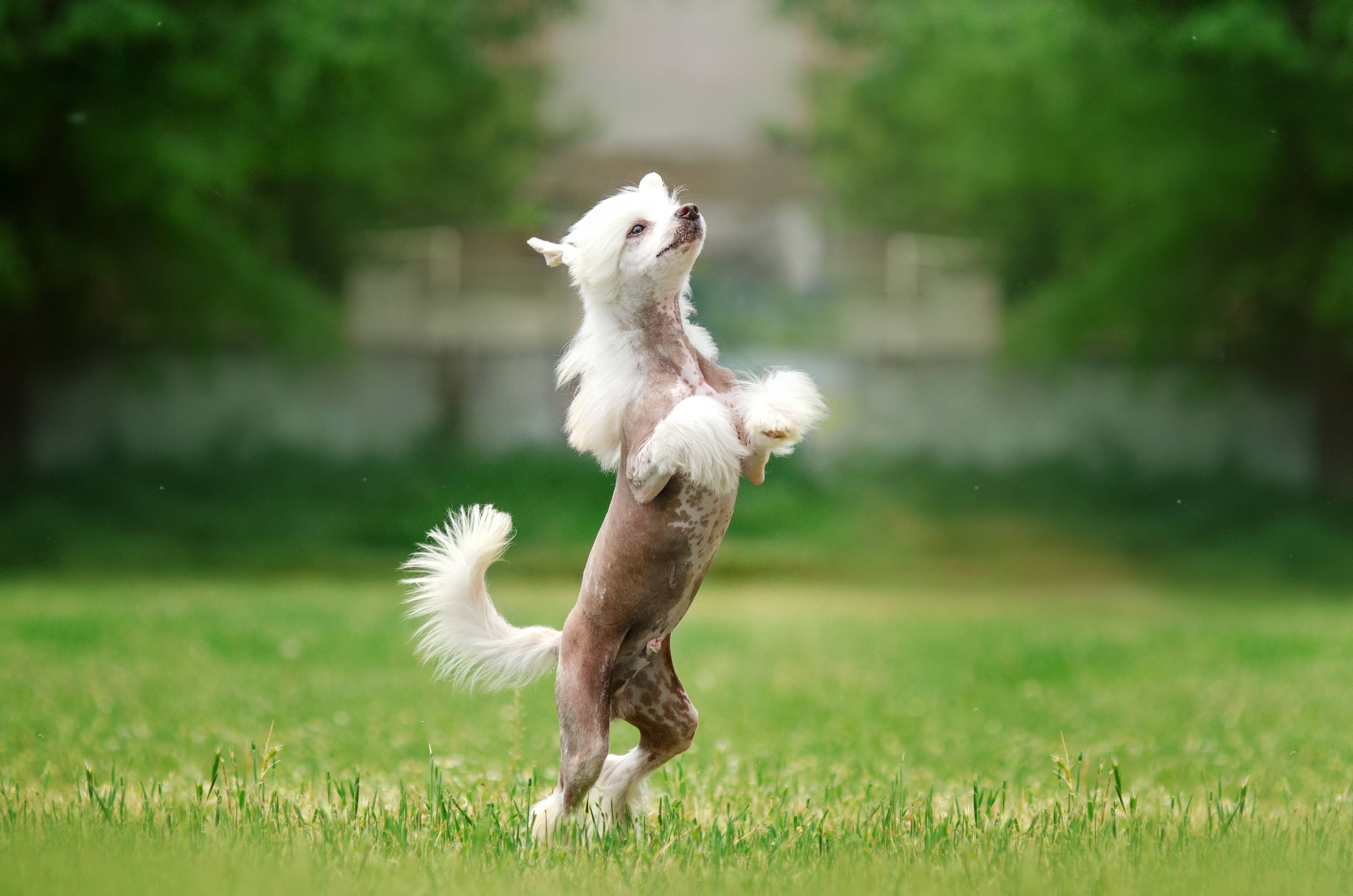
The Chinese Crested is an elegant dog that is deeply devoted to her pet parents. The breed has two varieties: hairless and powderpuff. Both kinds need special attention to keep their long fur (hairless Cresteds still have fine white fur on some parts of their body) well-groomed, but the hairless variety also needs sweaters to keep warm when out in the cold.
13. Border Collie

Bred as herding dogs, Border Collies are brimming with energy and need regular exercise. They enjoy having a job that provides both physical and mental stimulationafter all, they are one of the smartest dog breeds. Border Collies are hardy dogs but are also predisposed to some genetic diseases, such as Collie eye anomaly.
14. Whippet
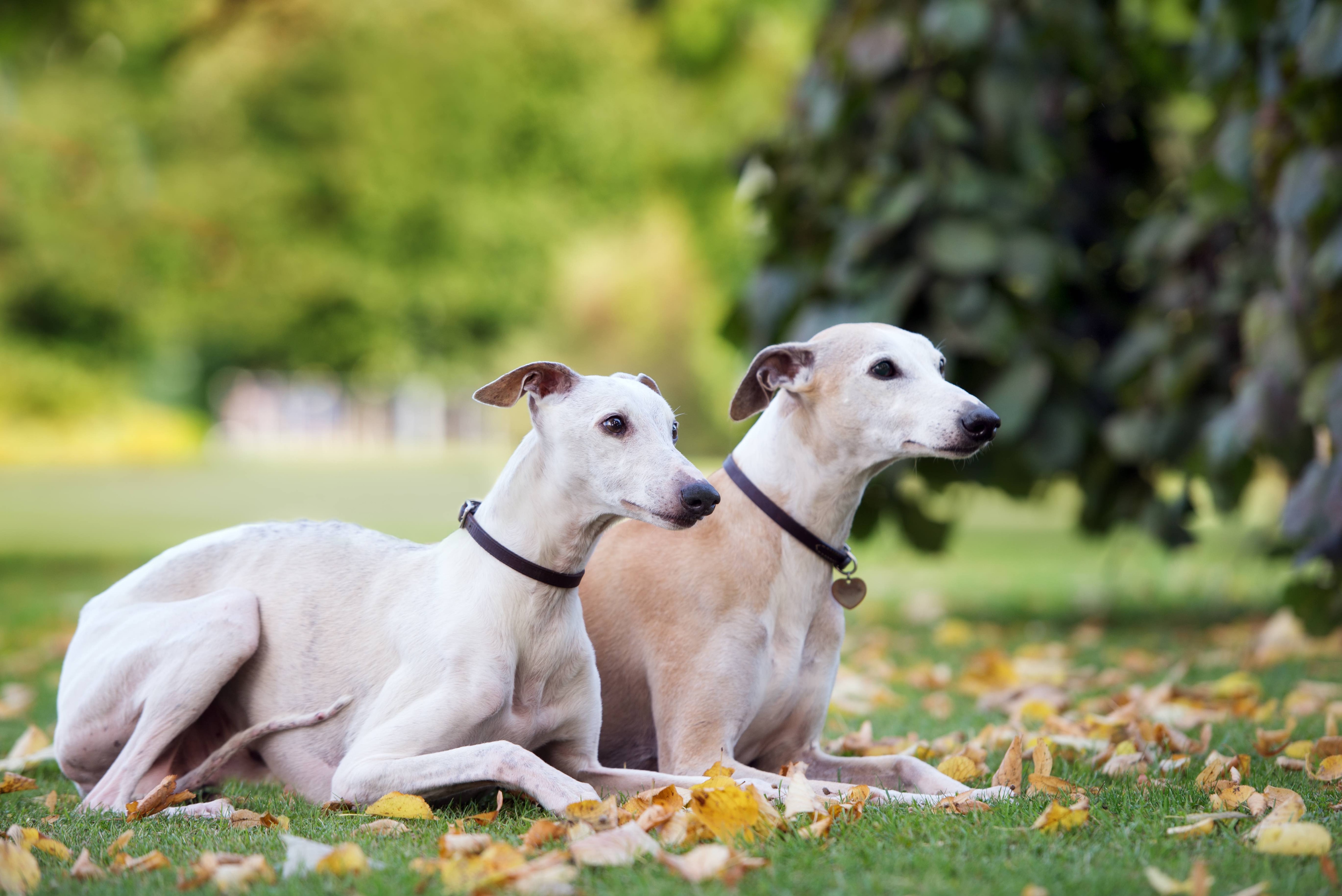
Sleek and speedy, Whippets are capable of reaching speeds of 35 miles per hour. These easygoing dogs love chasing toys (and neighborhood squirrels), but their thin coats mean they can get cold easily. Whippets can be genetically predisposed to deafness, so pet parents should take them to their vet for regular checkups.
15. Siberian Husky
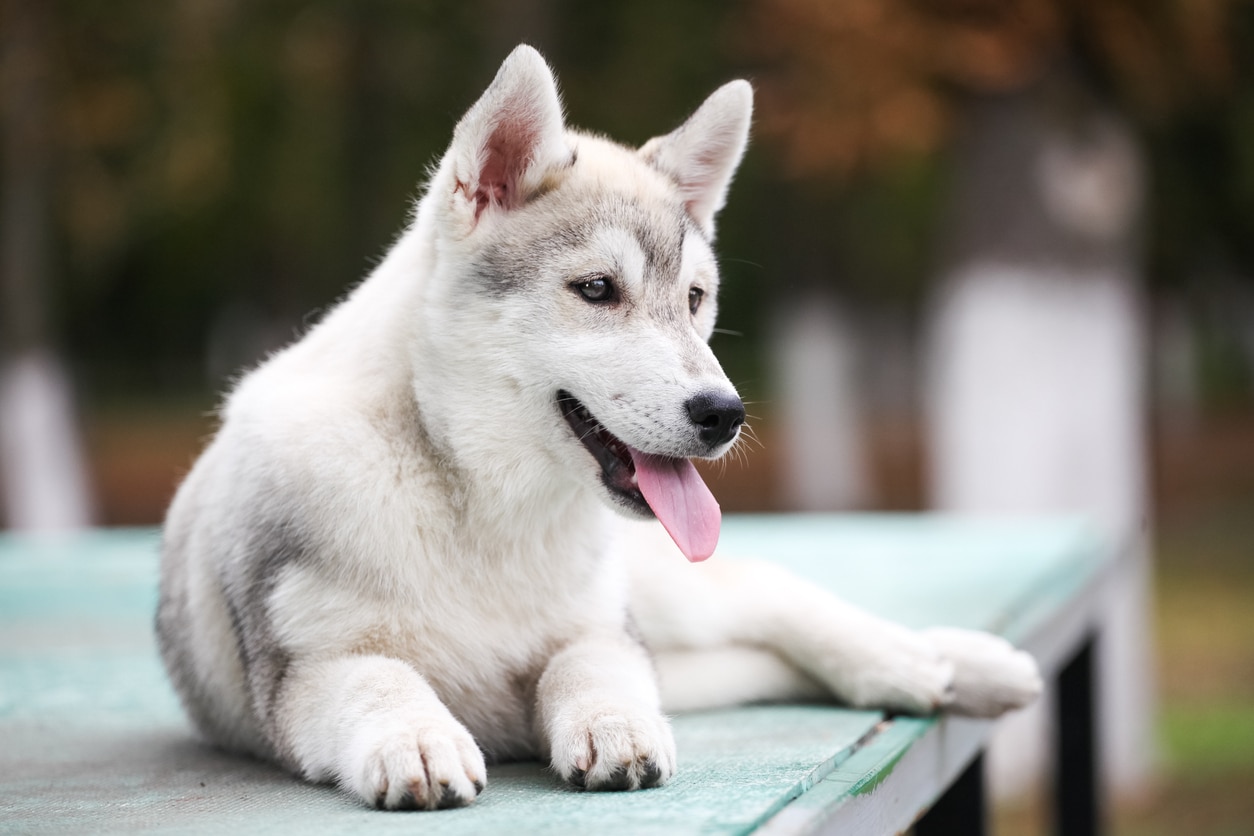
Siberian Huskies are working dogs that arent afraid to use their voices and speak their minds. These dogs are usually friendly and intelligent, but they can also be very strong-willed. They need plenty of exercise and mental stimulation to stay healthy and happy. Huskies may be prone to cataracts, even as puppies.
16. Anatolian Shepherd
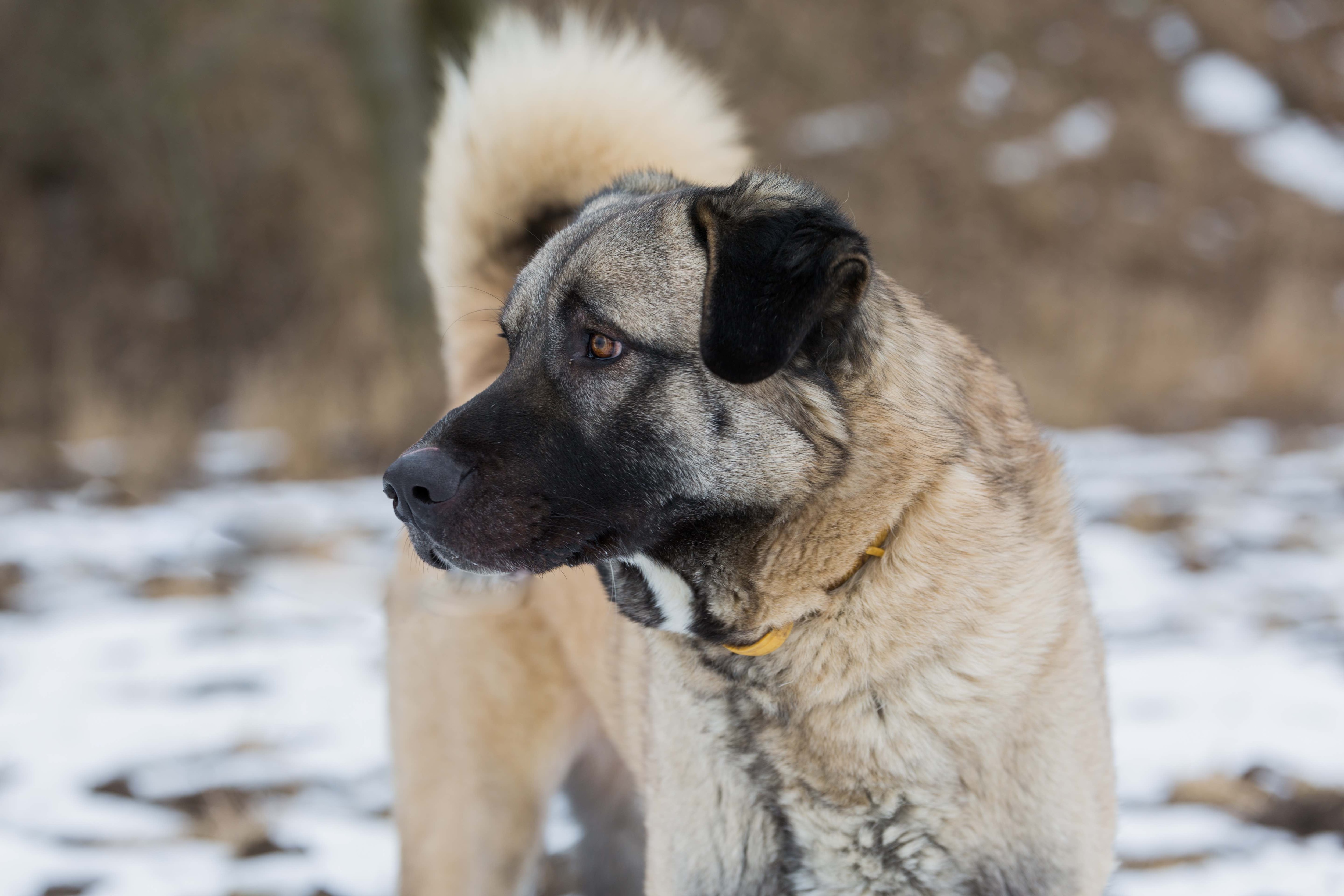
Bred as guardians, Anatolian Shepherds are giant-breed dogs that have calm demeanors. They are always on alert, however, because of their breeding history. Anatolian Shepherds tend to be independent and need outdoor exercise to release pent-up energy.
17. Bichon Frise

The Bichon Frise has lots of energy, but he doesnt need prolonged time exercising outdoors due to his small size. Playful and affectionate by nature, Bichons tend to have long lifespans averaging 1415 years. However, this breed is prone to developing diabetes mellitus, a condition that affects dogs abilities to regulate their blood sugar levels.
18. Belgian Malinois
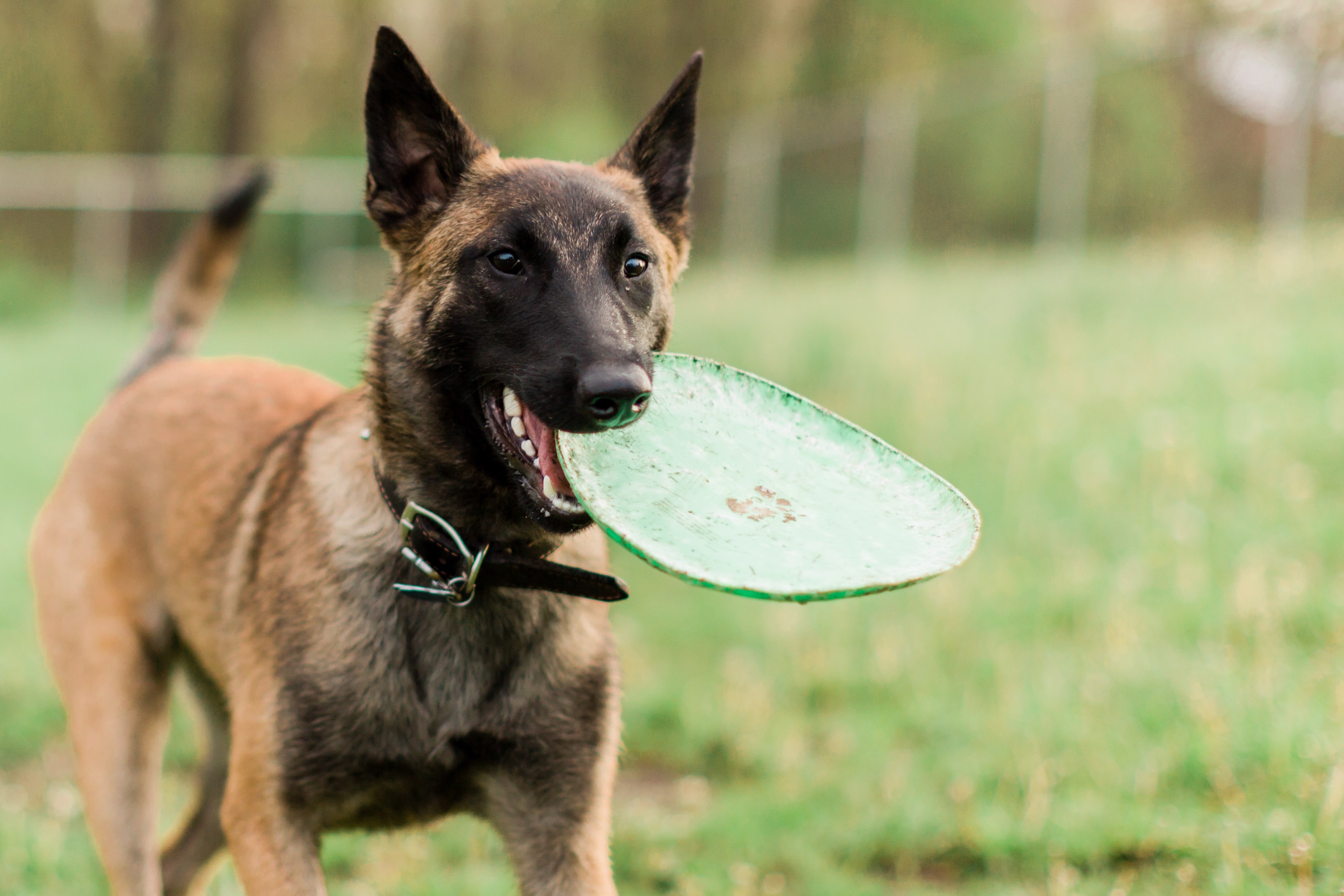
Belgian Malinois are highly energetic dogs that serve as great companions for pet parents who enjoy outdoor activities, whether thats cycling or hiking. Their intelligence also makes them wonderful working dogs, and they have been trained for jobs including herding and drug detection. The breed is hardy and healthy, though predisposed to cataracts.
19. American Foxhound
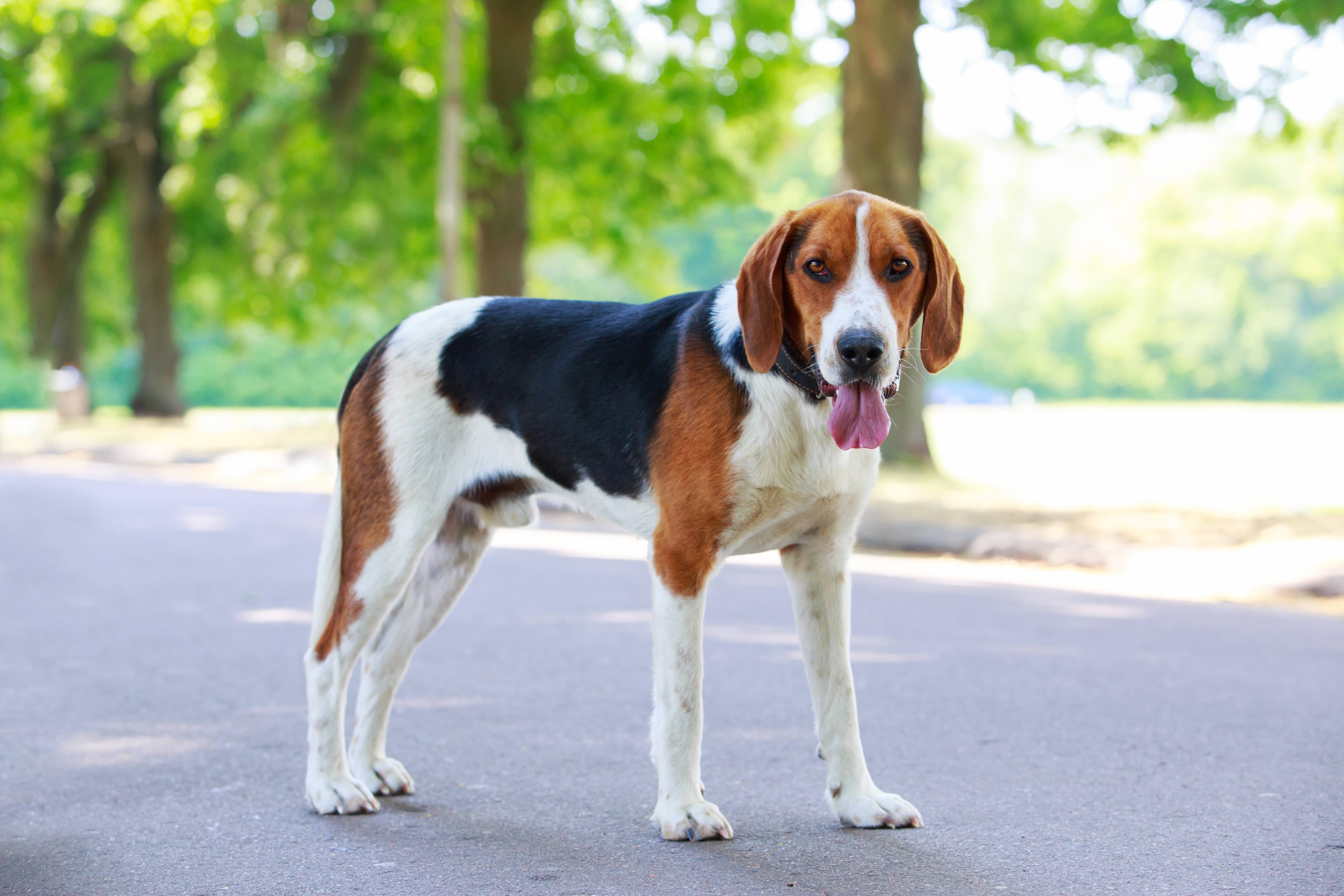
As the name implies, the American Foxhound was bred to hunt foxes. These energetic dogs love being outdoors and are usually devoted to their pet parents. At the same time, they do well indoors and can get along well with other pets. With a lifespan of 1113 years, they are not genetically prone to many illnesses.
Featured Image: Adobe/melounix


